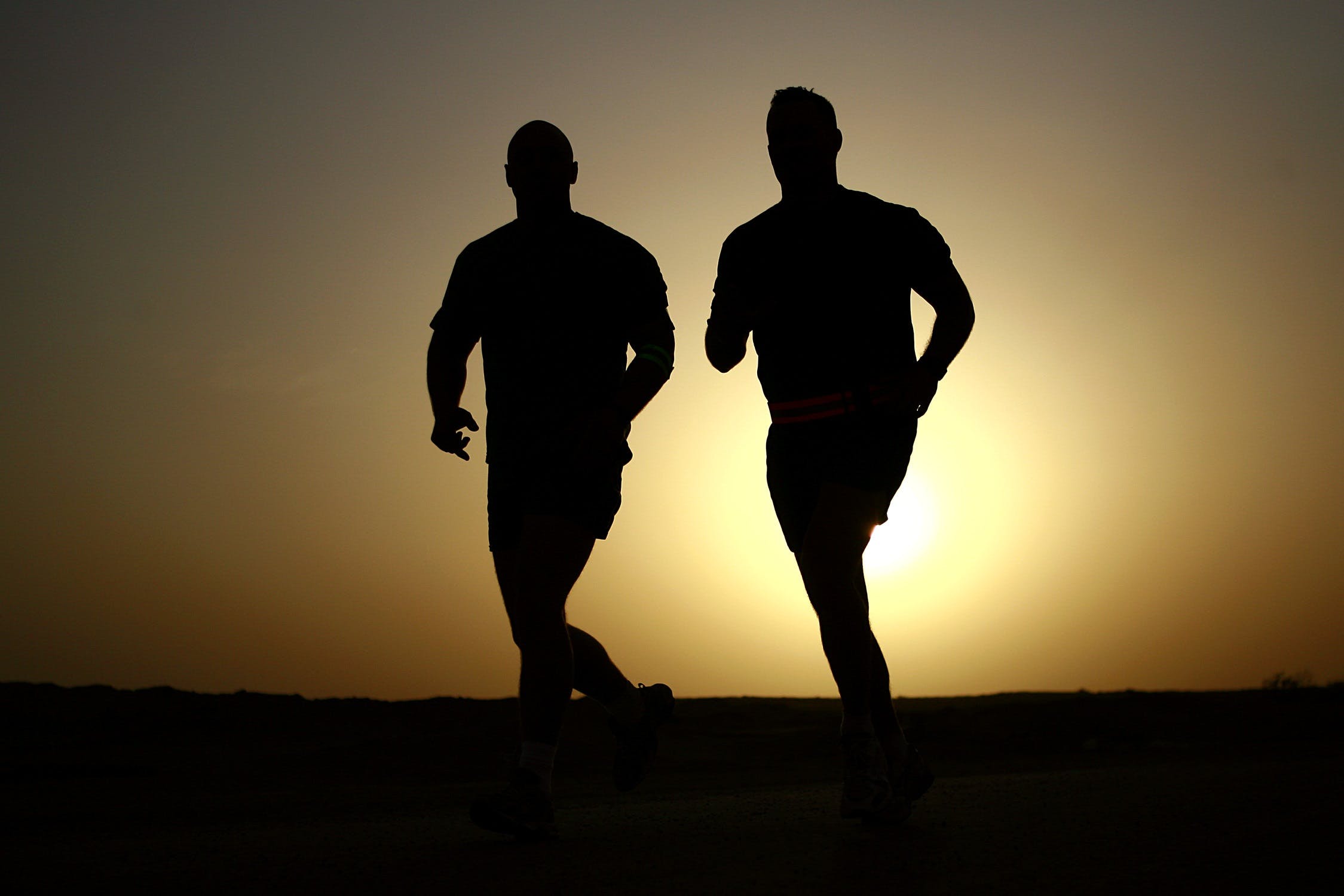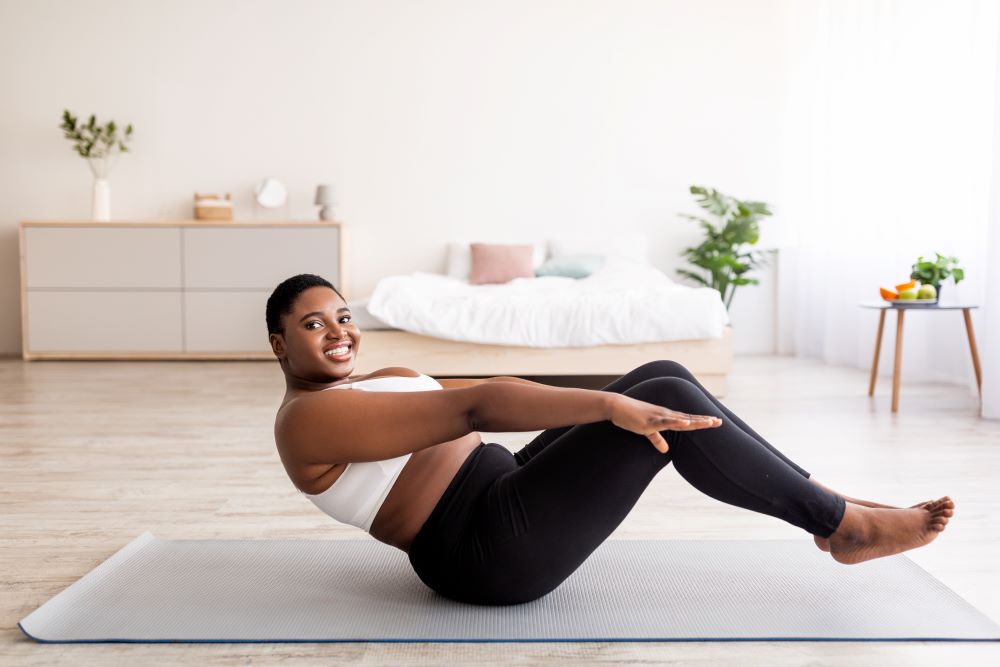Shin splints, known medically as medial tibial stress syndrome, are a common and frustrating injury for runners of all levels. This condition manifests as pain along the inner edge of the shinbone (tibia), often making running and even walking uncomfortable. Understanding the underlying causes and adopting a proper running technique to avoid shin splints is crucial for any runner who wants to maintain their fitness and enjoy their runs without pain.
Several factors contribute to shin splints, including overuse, improper footwear, and biomechanical imbalances. When runners push their bodies too hard, too quickly, or without proper form, they put excessive stress on their lower legs, leading to inflammation and pain. The good news is that with the right knowledge and approach, shin splints can be effectively prevented.
In this article, we’ll delve into the essentials of running techniques designed to minimize the risk of shin splints. From choosing the right footwear to incorporating strength training and flexibility exercises into your routine, we’ll cover all the bases to help you stay injury-free. Whether you’re a seasoned marathoner or a beginner hitting the trails for the first time, these insights will empower you to run smarter and safer.
Visit our website to learn more and get started today! Click here.
Importance of Proper Running Technique

When it comes to running, proper technique is more than just a way to improve performance; it’s a fundamental element in preventing injuries, including the dreaded shin splints. A good running technique ensures that your body moves efficiently, reducing unnecessary strain on muscles, joints, and bones.
One of the key aspects of proper running technique is maintaining an upright posture. Keeping your back straight and your head aligned with your spine helps distribute the impact forces evenly throughout your body, minimizing the risk of stress injuries. Additionally, ensure that your shoulders are relaxed and your arms swing naturally at your sides, which helps maintain balance and rhythm.
Another critical element is your footstrike. Landing mid-foot rather than on your heels or toes can significantly reduce the impact on your shins. A mid-foot strike allows for better shock absorption and promotes a more natural running gait. Coupled with a slight forward lean from the ankles, this technique can help you run more efficiently and comfortably.
Cadence, or the number of steps you take per minute, also plays a vital role in proper running technique. A higher cadence, typically around 170-180 steps per minute, can help you maintain a shorter stride, reducing the risk of overstriding and the associated stress on your lower legs. Focus on quick, light steps to reduce impact and improve your running economy.
Incorporating these elements into your running technique not only helps prevent shin splints but also enhances your overall running experience, making each run more enjoyable and sustainable.
Warm-Up and Stretching Routines
Before hitting the pavement or trails, it’s essential to prepare your body with proper warm-up and stretching routines. These routines play a crucial role in preventing shin splints and other injuries by increasing blood flow to your muscles and enhancing flexibility.
A good warm-up routine should last about 10-15 minutes and include dynamic exercises. Start with light aerobic activities like jogging in place or brisk walking to gradually elevate your heart rate. Follow this with dynamic stretches such as leg swings, walking lunges, and high knees. These movements help loosen up your muscles and joints, preparing them for the more intense activity of running.
Once your body is warmed up, incorporate specific stretches targeted at the muscles involved in running. Key areas to focus on include the calves, shins, and hamstrings. For example, perform a calf stretch by leaning against a wall with one foot behind the other, pressing your heel into the ground. Hold for 20-30 seconds and switch legs. Another effective stretch is the seated hamstring stretch, where you sit on the ground with one leg extended and the other bent, reaching towards your toes.
In addition to these stretches, consider incorporating foam rolling into your routine. Foam rolling your calves and shins can help release muscle tightness and improve circulation, further reducing the risk of shin splints.
By dedicating time to warm-up and stretching routines, you not only enhance your performance but also protect your body from the strains and injuries that can derail your running goals.
Choosing the Right Footwear

One of the most critical factors in avoiding shin splints is choosing the right footwear. The shoes you wear while running can significantly impact your performance and overall foot health. Poorly fitting or worn-out shoes can lead to improper alignment and increased stress on your shins.
When selecting running shoes, prioritize those that offer ample support and cushioning. Look for shoes with good arch support and a firm heel cup to stabilize your foot and reduce excessive motion. The right amount of cushioning in the midsole can also absorb impact and decrease the stress on your lower legs.
It’s essential to consider your foot type and running style when choosing footwear. For instance, if you have flat feet, you might need shoes with extra arch support, while those with high arches may require more cushioning. Getting a professional gait analysis at a specialty running store can provide valuable insights into the best type of shoe for your specific needs.
Another crucial aspect is the fit of the shoes. Ensure there is about a thumb’s width of space between your longest toe and the end of the shoe. This extra room prevents your toes from hitting the front of the shoe during downhill runs, reducing the likelihood of bruising and discomfort. Additionally, the shoes should feel snug but not tight, with no areas of excessive pressure or rubbing.
Lastly, remember that running shoes have a limited lifespan. Depending on your mileage and running conditions, you may need to replace them every 300-500 miles. Worn-out shoes lose their supportive qualities and cushioning, increasing the risk of injuries like shin splints.
By investing in the right footwear, you lay a solid foundation for a comfortable and injury-free running experience.
Strengthening Exercises to Prevent Shin Splints

Incorporating strengthening exercises into your routine is a proactive way to prevent shin splints. Strengthening the muscles around your shins and lower legs can enhance stability and reduce the stress placed on your bones and joints during running.
Here are some effective exercises to include:
- Toe Raises: Stand with your feet hip-width apart. Slowly lift your toes off the ground while keeping your heels planted. Hold for a few seconds and then lower your toes back down. Repeat for 3 sets of 15 repetitions to strengthen your anterior tibialis muscle, which runs along the front of your shin.
- Calf Raises: Stand on the edge of a step with your heels hanging off. Slowly raise your heels as high as possible, then lower them back down below the level of the step. Perform 3 sets of 15 repetitions to build strength in your calves, supporting better overall leg stability.
- Heel Walks: Walk on your heels for about 20-30 seconds, keeping your toes off the ground. This exercise targets the muscles on the front of your shins and helps improve their endurance.
- Resistance Band Ankle Flexion: Sit with your legs extended and loop a resistance band around the ball of one foot. Hold the other end of the band firmly. Flex your foot against the resistance of the band, then slowly return to the starting position. Do 3 sets of 15 repetitions on each foot to strengthen your ankle and shin muscles.
- Single-Leg Balance: Stand on one leg with a slight bend in your knee. Hold the position for 30 seconds, then switch legs. This exercise enhances your balance and engages your lower leg muscles, promoting better coordination and stability.
Consistently performing these exercises can help you build a strong foundation, reducing the risk of shin splints and other running-related injuries. Remember to incorporate these exercises into your routine at least 2-3 times a week for optimal results.
Common Running Mistakes to Avoid

Avoiding common running mistakes is crucial for preventing shin splints and enhancing your overall performance. These errors can lead to unnecessary stress on your legs and increase the risk of injury.
Here are some common mistakes to watch out for:
- Overstriding: Extending your legs too far forward can cause excessive impact on your heels and shins. Focus on shorter, quicker steps to maintain an efficient stride and reduce the risk of shin splints.
- Poor Footwear: Wearing worn-out or inappropriate shoes can lead to inadequate support and cushioning. Invest in high-quality running shoes that suit your foot type and running style to prevent stress on your shins.
- Increasing Mileage Too Quickly: Rapidly ramping up your mileage without allowing your body to adapt can result in overuse injuries, including shin splints. Follow the 10% rule – increase your weekly mileage by no more than 10% to give your muscles and bones time to adjust.
- Neglecting Warm-Ups and Cool-Downs: Skipping warm-ups and cool-downs can lead to tight muscles and increased injury risk. Always start your run with dynamic stretches and end with static stretches to maintain muscle flexibility and reduce strain on your shins.
- Ignoring Pain: Pushing through pain can exacerbate injuries and prolong recovery time. Listen to your body and take rest days when needed to allow for proper healing and prevent shin splints from becoming a chronic issue.
By being mindful of these common mistakes and making necessary adjustments, you can enjoy a more effective and injury-free running experience. Remember, prevention is key to maintaining your running routine and achieving your fitness goals.
Visit our website to learn more and get started today! Click here.


